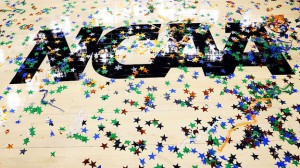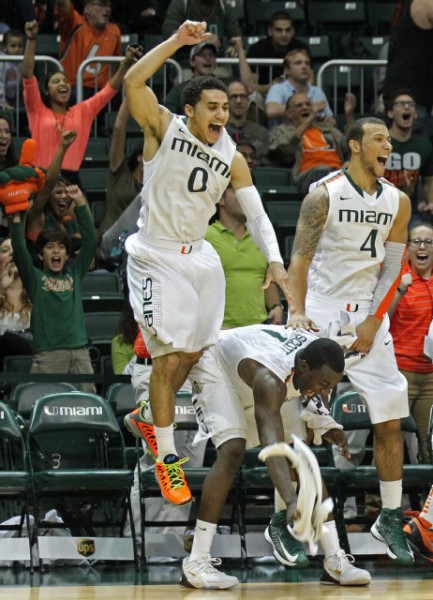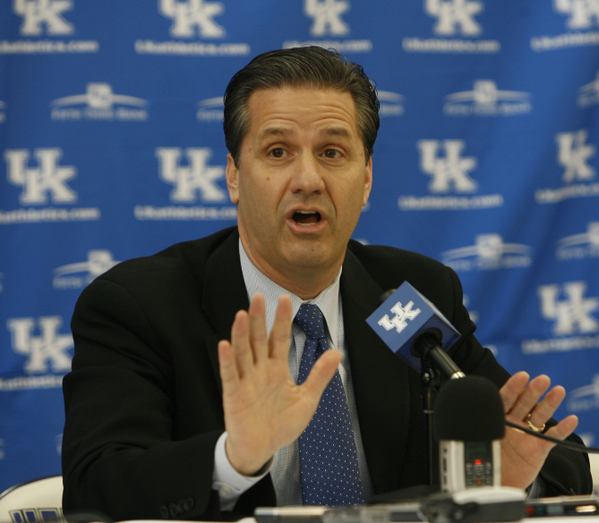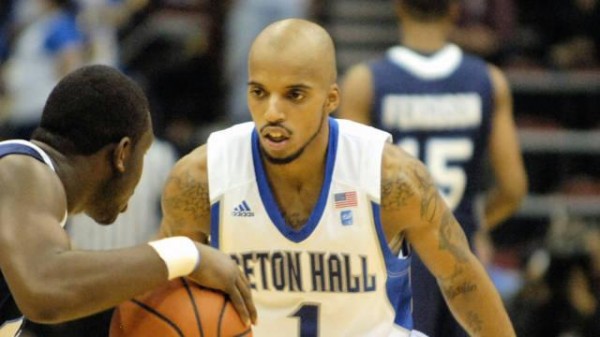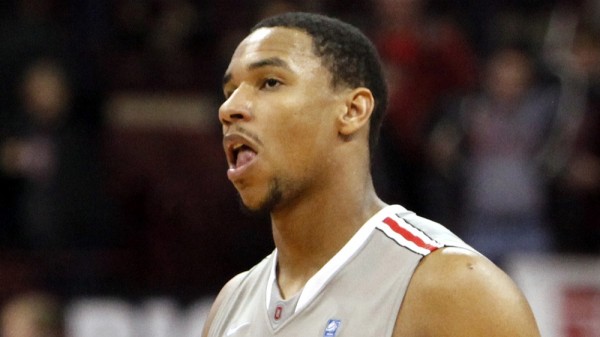Posted by Chris Johnson on October 31st, 2012

Chris Johnson is an RTC Columnist. He can be reached @ChrisDJohnsonn.
At this time of year, when the visible signs of Autumn truly take form, you know two things. The first is that actual college basketball games are upon us. Not just speculation and hearsay; the game itself, the basis for all that hype and buildup, is right around the corner. Then there’s Halloween, the consummate Fall holiday, promising a bounty of tricks and treats for costumed children nationwide. Though you’ve most likely outgrown the days of door-to-door candy voyages and late night sugar binges, the last day of October still has meaning. College basketball deserves a place in the festivities, too. Like all Halloweens, you can’t mention confectionery tweets and scary costumes without trickery and mischief. After all, there is a separate holiday for that. To hit both sides of the coin, we’re bringing five tricks and five treats to our favorite teams, players, coaches, places and whatever else can be boxed into the college hoops realm. The mixed bag features a random compilation of offseason developments (both good and bad), preview-centric topics and some of the biggest storylines as we approach this season’s opening tipoff. As the bombardment of polls, rankings and All-America teams from various media outlets continues, consider this a refreshing tweak on your annual preseason college hoops diet. And I can promise you this: Much like your Halloweens of old, the pillow bags teeming with your favorite comestibles, this here holiday treat will not lack for taste. Though to maximize your Halloween satisfaction, consume this savory treat in tandem with a hearty serving of the real-life version (and make sure to stay clear of the tricks) – satisfying your palette, and your thirst for college basketball. There are few better ways to do Halloween.
Five Treats
to be delivered upon…
1. The Hive Minds of Patriotic Scheduling.
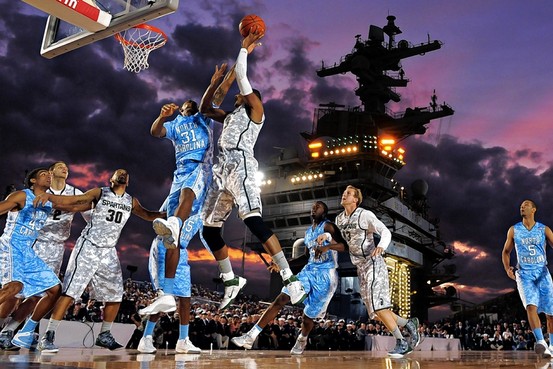
The 2011 Carrier Classic will go down as one of the most memorable non-conference games in recent history (photo credit: AP)
Last season’s Carrier Classic played aboard the USS Carl Vinson was a spectacular way to christen the 2011-12 season. It featured two brand-name programs (Michigan State and North Carolina) and two coaching legends competing before a backdrop of gorgeous vistas, with a uniform-clad naval crowd and President Obama taking in the proceedings. More importantly, it captured some of the national sports attention usually reserved for football this time of the year and sparked a minor interest in the college hoops non-conference season. The shipside fun will come at you threefold this season, with Ohio State-Marquette, Syracuse-San Diego State and Florida-Georgetown all playing November 9 games on military vessels. But this year’s non-conference slate is outdoing last year’s offering: Michigan State will begin its season with a game against Connecticut at the Ramstein Air Force base in Germany. MSU AD Mark Hollis, we salute you.
2. NCAA Reform.
Since taking over as NCAA president in 2010, Mark Emmert has presided over an organization riddled with nonstop criticism. Most complaints attack the NCAA’s infractions committee, its obscure and inconsistent punishment guidelines, and the pace of its proceedings. Through it all, Emmert voiced his desire to pass NCAA reform. On Tuesday, his vision was realized. Among other streamlined legislative tweaks, the new four-tier penalty structure places a greater responsibility on coaches to police their respective teams. It also helps clarify and distinguish the parameters dictating violations and punishments, meaning we’re likely to have a better sense of the previously muddled relationship between violation classification and punitive severity. We’ve always wanted clarity, and now it’s here. This applies to all college sports, but for college basketball in particular, where recruiting violations and agent activity run rampant, the rule changes are a decided proactive move.
Read the rest of this entry »
| 2012-13 Season Preview
| Tagged: big east, big ten, feature, indiana, kansas, kentucky, kyle anderson, michigan, missouri, ncaa, ohio state, pittsburgh, rpi, Shabazz Muhmmad, Tricks and Treats, ucla, wisconsin
Share this story






























